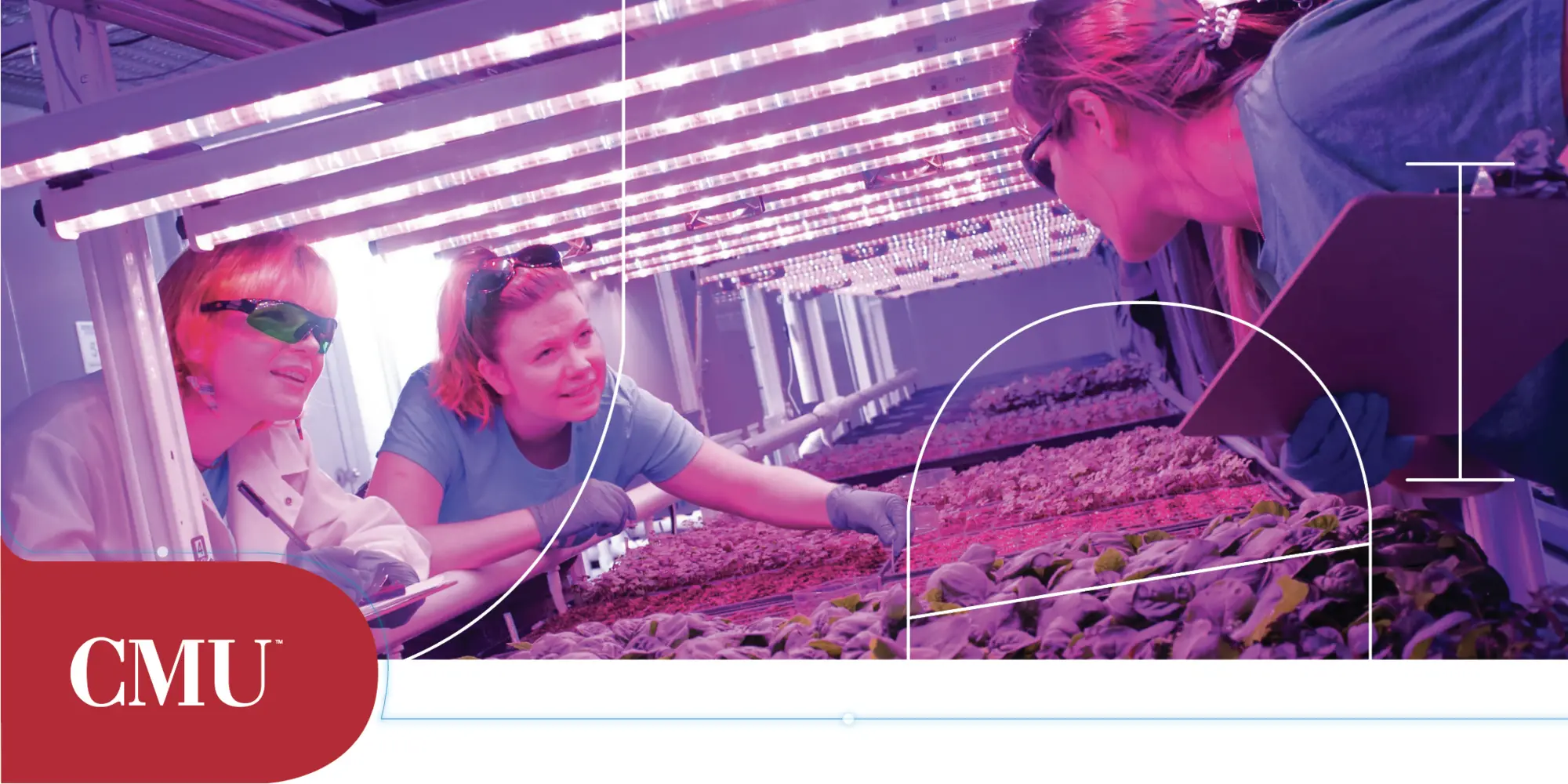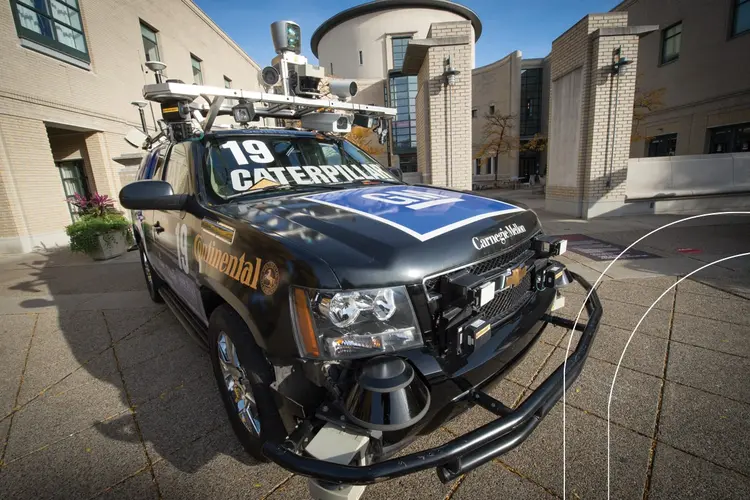
About AI at CMU
We Attract Doers Who Solve Practical Problems
CMU has spent decades building a culture where people care about using technology to solve real problems. More than half a century ago, Allen Newell and Herb Simon had a vision for a general problem-solver for the human race. Since then, their vision has become a guiding force: people attracted to building solutions to real-world problems come here. The result? One of the world's largest collections of people determined to build things that help humans. That's why we're the right place to lead the AI charge in the 21st century.
AI is in Our Blood
Self-driving cars. Speech recognition. Advanced sensor design and application. Internet of things. Facial recognition software. Understanding human goals, thinking and interaction. We do all of that. But we also recognize that AI rests on top of a huge stack that relies on machine learning, programming, data analysis, design, physics and math. Our excellence in all those areas is part of what sets CMU apart from AI programs around the world.

AI Across the University
AI in the School of Computer Science
Groundbreaking work in AI is found across the School of Computer Science(opens in new window) through research needed to understand and design AI systems and develop the tools necessary to apply them in the world. SCS creates AI that is general, distributed, nimble, human-centered, cross-disciplined and engineered. It is AI that works. And, most importantly, SCS advances AI that is designed, developed and deployed responsibly to ensure accountability and transparency and lead toward a more just and equitable world.
AI in the College of Engineering
Artificial intelligence is disrupting the field of engineering. The College of Engineering(opens in new window) is leading this transformation by inventing AI-orchestrated systems. This shift is driving the creation of the new discipline of AI Engineering(opens in new window) at Carnegie Mellon. These systems are developed by simultaneously designing a system’s functionality, including both its AI algorithms and the platform on which the AI runs, to create powerful systems that are more adaptable, resilient and trustworthy.
AI in the Heinz College of Information Systems & Public Policy
Heinz College(opens in new window) combines the study of information systems and public policy in one academic unit, an arrangement that allows its faculty to see around corners. The inevitable issues that occur at the intersection of these disciplines arise in the research and instruction, and no such issue is more vivid than artificial intelligence. Heinz College faculty and programs investigate the problems that technological advances in AI reveal about society, but they remain optimistic about AI’s emerging capability to help us solve society’s most complex problems.
AI in the Mellon College of Science
Mellon College of Science(opens in new window) researchers are guiding pivotal turning points for artificial intelligence applications to foundational sciences. Through processing and analyzing big data, physicists are advancing our understanding of the universe while biologists use vision learning to enhance insights into the dynamics of biological processes. Chemists using large language models are transforming the field of computational chemistry at the same time as building foundational models for others to follow. The use of computer aided mathematical reasoning underpins the foundation of the future in uncertainty and stochastic problems. The Pittsburgh Computer Center enables these and others outside of CMU with a rich, unified environment for AI, machine learning and big data applications.
AI in the Dietrich College of Humanities & Social Sciences
The Dietrich College of Humanities & Social Sciences(opens in new window) is situated at the intersection of technology and Humanity. Our shared passion for improving the human condition is woven throughout our education and research. Every department in the college touches on AI by studying real-world problems in areas such as ethical and policy issues in AI, history of and cultural implications surrounding emerging technology, decision making and security, technology and military innovation.
AI in the Tepper School of Business
The Tepper School of Business(opens in new window) recognizes the tremendous potential of AI as a transformative technology. Tepper School faculty members are at the forefront of harnessing AI to address complex business challenges. They collaborate with experts from various disciplines across the university to explore the multifaceted aspects of AI, and they explore how humans and AI systems can collaborate effectively, emphasizing the importance of integration and cooperation.
AI in the College of Fine Arts
The College of Fine Arts(opens in new window) explores AI through research and creative practice(opens in new window). Projects are naturally interdisciplinary and may employ machine learning, deep-learning systems, emerging technologies, generative imagery and ethics. As a creative institution, we play an important role in leading society toward meaningful solutions for our most relevant problems.
AI in the Software Engineering Institute
The Software Engineering Institute(opens in new window) (SEI) at CMU is a Federally Funded Research and Development Center (FFRDC) — a nonprofit, public–private partnership that conducts research for the United States government. One of only 10 FFRDCs sponsored by the U.S. Department of Defense (DoD), the SEI conducts R&D in software engineering, systems engineering, cybersecurity and many other areas of computing, working to introduce private-sector innovations into government. As the only FFRDC sponsored by the DoD that is also authorized to work with organizations outside of the DoD, the SEI is unique. It works with partners throughout the U.S. government, the private sector and academia, enabling them to take innovations from concept to practice, closing the gap between research and use.